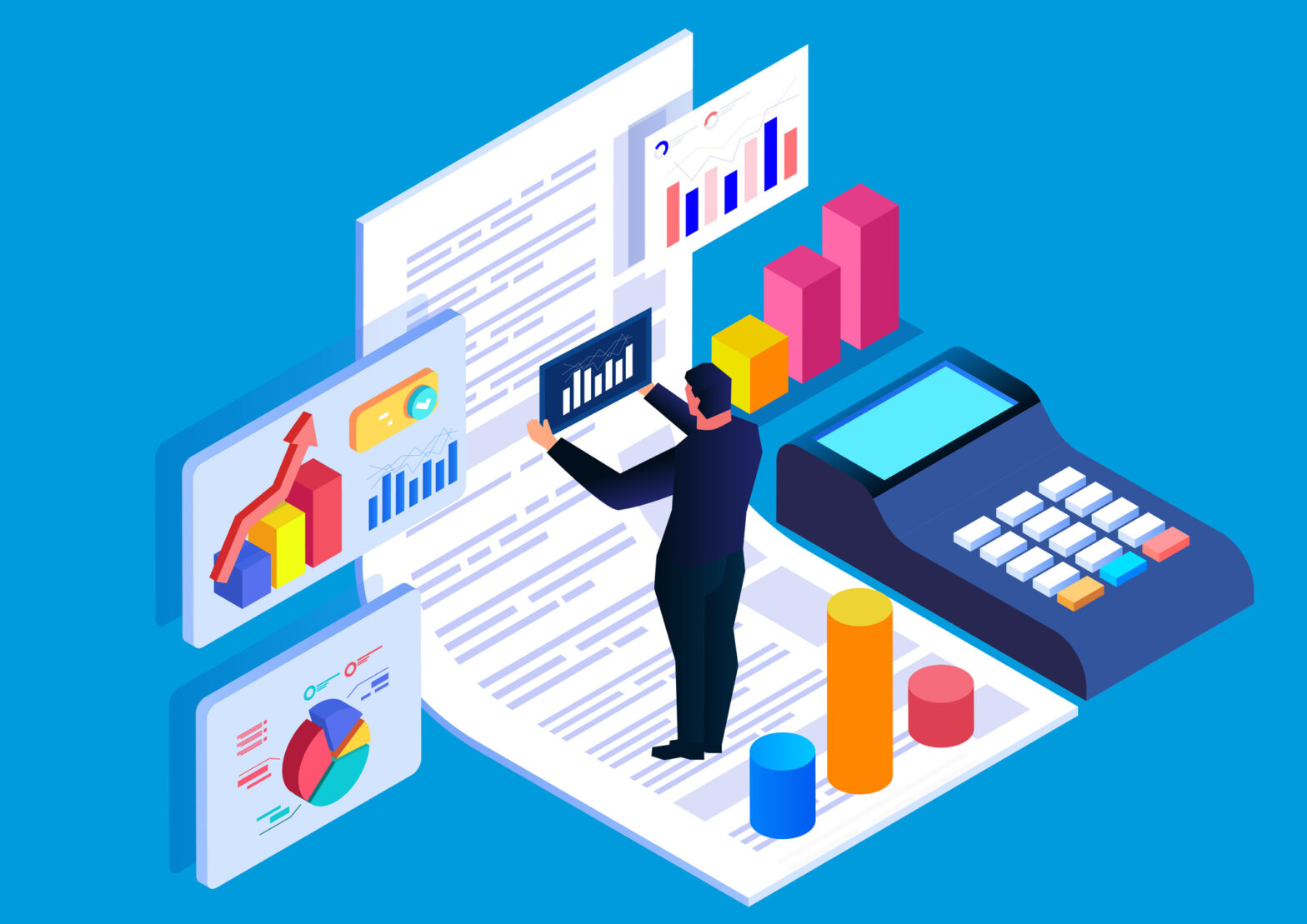Although you cannot know with 100 per cent accuracy that a company will default on you or withhold payment, there are a number of warning signs that can be observed to protect your business and its cash flow. According to Company Formation MadeSimple, these are the early warning signs you need to look out for when gauging if a company may pay you late or not at all.
Changing the terms of the agreement
Suppliers or customer may try to change the terms of your agreement early on. This indicates that they may be unable or unwilling to pay you in full within the current timeframe of the agreement. If this is the case, keep close contact with the company to find out why they want to change the terms.
If they cite that their customers are slow to pay, take this as a warning sign that their cash flow is unpredictable. Be very vigilant around the time that the debt is owed and ensure that you establish with them that you are their top payment priority. If they continue to avoid paying the debt, communicate a strict deadline after which you will hand the debt over to a collection agency.
Large first time orders
The excitement of a customer placing a large first time order can cloud your decision making, but it should be met with caution as it could be an attempt to defraud. One of the most comprehensive assessments you can undertake is conducting a company credit check on the company.
The company’s credit score indicates their financial stability and creditworthiness, as well as how their score has changed in recent history. Viewing this alongside their suggested credit limit gives an insight into whether the order is legitimate their ability to fulfil payment.
Another option if you are still unsure about the company is to contact them to see if they are willing to make a payment up front before you deliver any goods. If the company agrees but tries to make these agreed payments using multiple credit cards, it should be considered as a signal of potential fraud.
Large number of company credit enquiries
A company receiving a lot of commercial credit enquiries isn’t necessarily a negative sign as it could indicate rapid growth in the company. It may, however, signify that the company are unable to satisfy current debts. Even if they are experiencing huge growth, they may still have cash flow problems, so approach with caution and look out for any of the other warning signs mentioned here when reviewing their company credit report.
Calls go unanswered
If your debtors do not respond to communication with you, it may show that they are unable to pay their debts. Sending a letter to the company or visiting them in person sends out a strong message about your intent and may help establish you as one of their top repayment priorities.
Using a collection agency should always be used as a last resort as you will never receive the full debt amount. If the company is going bankrupt, it could be the most effective way to recover as much money as possible.
New competitors
When there are a number of new competitors in your client’s industry, check their credit report. Even if they are an established supplier, they may have lost a significant amount of their revenue to these new competitors and will be less able to repay debts.
Paying invoices beyond terms
Generally, businesses will take as much time as is available to them to pay invoices to safeguard their own cash flow. If a customer frequently pays their invoices after the agreed payment date, it is a strong indicator that the company is struggling to maintain satisfactory cash flow or are using their position exploitatively. If this is the case, they may continue to pay late or not pay at all in the future.
Unsettled County Court Judgements (CCJs)
A CCJ is registered against a company when they fail to repay money owed. A company with CCJs in judgement should be approached with caution due to the nature of receiving a CCJ. Some level of discretion should be exercised when evaluating a company based on their CCJ history as CCJs stay on the company’s record for 6 years.
If the company hasn’t received a new CCJ in a few years, consider their trustworthiness within the context of all other aspects of the finances on their credit report. They could have received the CCJ in their infancy when cash flow is more difficult to manage and may have improved their situation significantly since then.
High acid-test ratio
Another indicator of a company unable to pay their debts to you is an acid-test ratio of less than 1, meaning that they do not have enough short term assets to cover their immediate liabilities. Calculating their acid test ratio is as simple as dividing their short term assets by their liabilities.
Short term assets can be defined as any assets which can be liquidated to repay debts in less than a year, and liabilities are debts which the company are legally responsible for repaying (mortgages, accounts payable, loans).
Changing banks or getting new financing
A company getting new finance might be a sign that they are trying to cover significant losses they have accrued, though it could also mean that they are trying to finance expansion. Using the indicators covered so far and reviewing their company accounts should give you a strong indication of why the company has sought new finance.
Change in the board of directors
This could indicate key players in the business jumping ship or it could just be coincidental. As with the other signs mentioned here, consider it in the context of all of the other information you have gathered.
Lowering the product price
This could be a last ditch attempt to inject some cash into the business and pay off their debts. If this seems like an out of the ordinary move for the company, investigate their credit report further and do not extend significant amounts of credit to the company.
Working with external suppliers and customers is always a risk that has to be taken, though if you follow the advice given in this article, you will drastically reduce the risk of taking on bad debt from your customers or suppliers.
See also: How to deal with late payments







